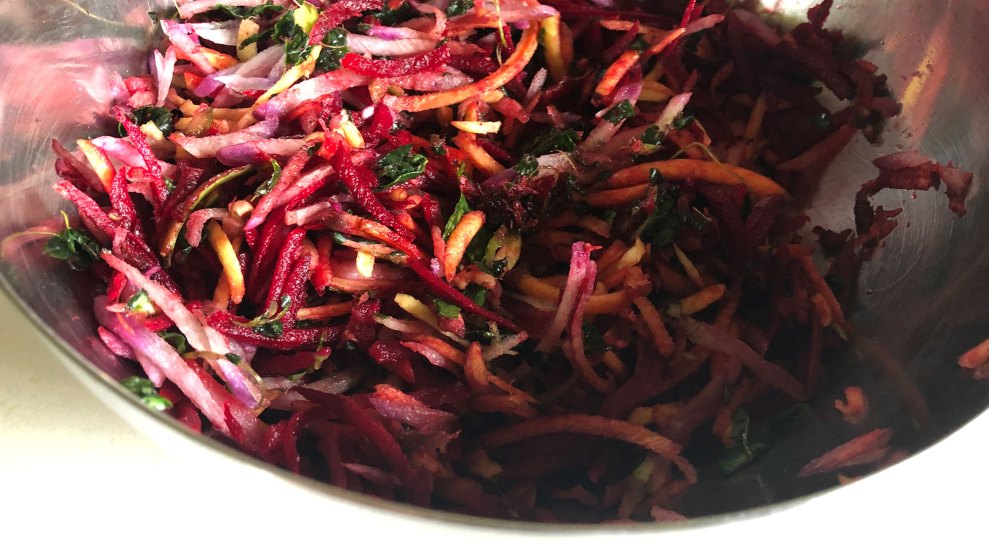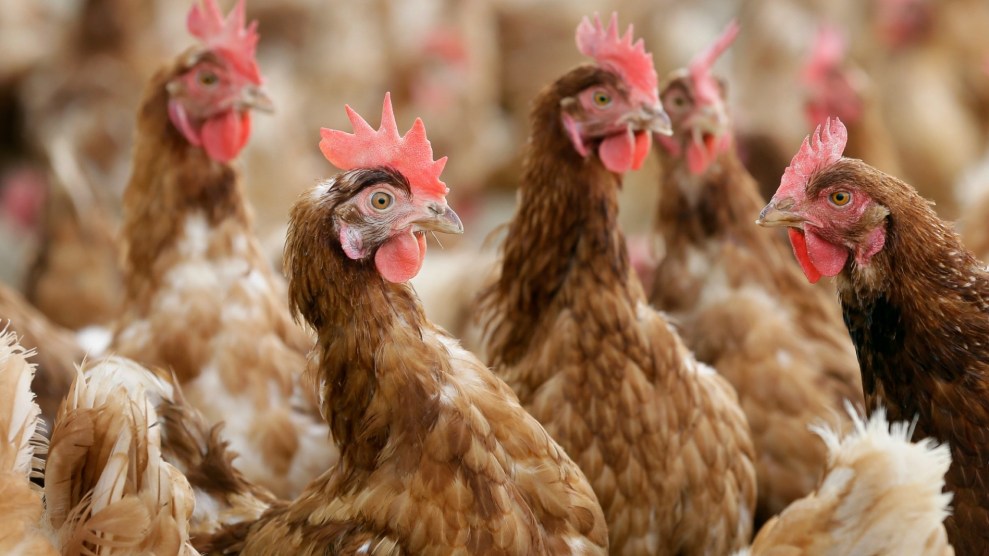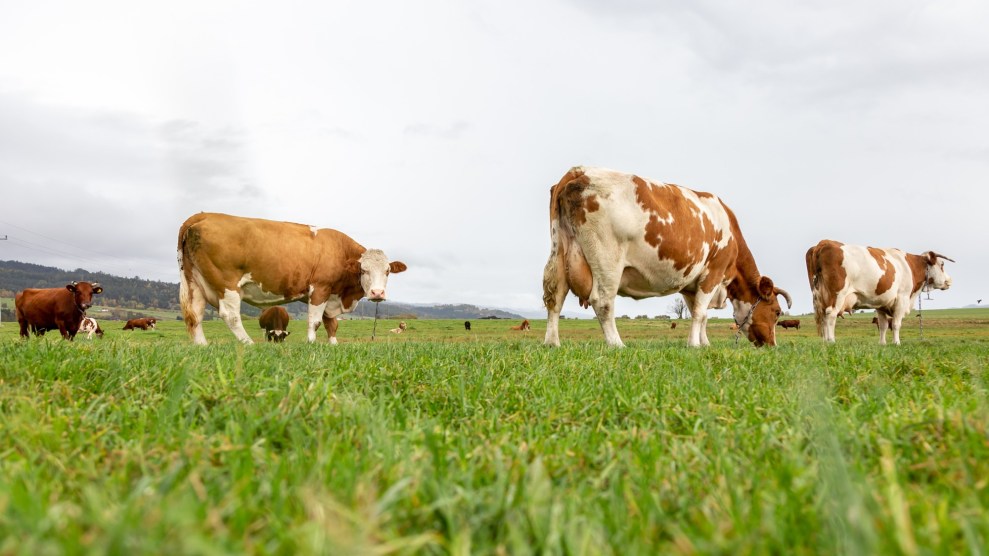
Tom Philpott
In my household, we’ve been relying more and more on batch cooking: devoting concentrated bursts of time to preparing a bunch of food that can be quickly turned into tasty, fuss-free meals throughout the week.
But we’ve never really nailed batched salads. Sure, you can whip up a vinaigrette, store it in a jar, and use it to dress greens in the days ahead. But if you want to make a more elaborate dish with wintry root vegetables like beets, carrots, and radishes, you’re still out there every day chopping and dirtying up a cutting board to get your salad on the table. You could pre-chop them; but naked, cut-up vegetables start looking wan and unappealing after a day or two in the fridge.
Recently, mulling some roots I had just picked up at the farmer’s market, I eyed the grater attachment of my food processor. Inspired, I trimmed two carrots, one beet, and one daikon radish, and ran them through. Encouraged by the resulting mishmash of orange, purple, white, and red in the bin, I decided some green might be in order. As luck would have it, I had also brought home a bunch Tuscan kale—the dark-green variety with long, skinny leaves. I grabbed four of them, rolled them into a tight bundle, and coaxed them through the machine, which did a pretty good job of shredding them.
Of course, if you don’t have access to a food processor, an old-fashioned box grater and some elbow grease works fine on the roots. If you want to add kale, just mince it.
To tame the strong, earthy flavors of these pungent roots and leaves, I decided to spike the vinaigrette with green garlic—essentially, an immature garlic plant, harvested before the root bottom has developed into a bulb. (Green garlic brings a fresh, bright flavor, but you can also use regular garlic.)
The resulting dressed salad actually improved for the next several days stored in the fridge, as the vinaigrette was allowed to penetrate the shredded vegetables. To freshen it up as the week goes on, give each serving a squeeze of fresh lemon juice. You can also toss few spoonfuls of the mixture with some fresh greens to make a whole new salad.
Shredded Winter Root Salad With Green Garlic Vinaigrette
(Makes enough for four or five individual servings; it’s easily doubled)
For the vinaigrette
1-2 green garlic stalks, white part only; or 1 clove of garlic, crushed and peeled
2 tablespoons red wine vinegar
5 tablespoons extra-virgin olive oil
1/2 teaspoon sea salt
Freshly ground black pepper to taste
Finely mince the the garlic and add it to a small bowl. Add the other ingredients and whisk with a fork until well combined.
For the vegetables:
3 carrots
1 beet, peeled and quartered
2 daikon radish, quartered
6 leaves of kale, rolled into a tight bundle
Run all of the veggies through the grater attachment of a food processor. (Or grate the roots with a box grater and chop the kale into small pieces.) Combine the shredded vegetables into a bowl, and add the vinaigrette, tossing until the vegetables are well coated. Taste and correct for seasoning. Serve, and store any leftovers in a container with a tight lid.












